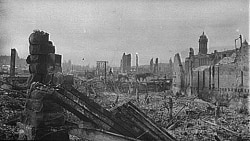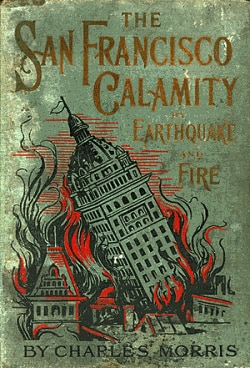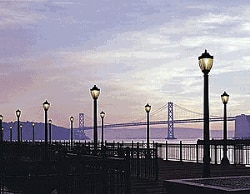You had better believe that the people of San Francisco are taking careful note of the cataclysmic Haitian earthquake and its aftermath. This past October marked the 20th anniversary of a killer quake that struck their city in hilly northern California. Like Port-au-Prince, San Francisco sits along a fault line where plates in the earth's crust grind together.
Sixty-two people died in the 1989 quake. That's a small fraction of the toll that's estimated in Haiti.
But in 1906 another earthquake hit San Francisco. Then, the city was much less developed and protected and the fires that followed destroyed the heart of the city. Officially, 503 people lost their lives. As in Haiti, the true number was much higher, since the quake struck hardest in Chinatown, an area of flimsy structures packed with thousands of undocumented immigrants.
The 2010 Port-au-Prince and 1989 San Francisco earthquakes were nearly identical in intensity at a magnitude of about 7.0. The 1906 San Francisco quake struck 29 years before the Richter scale was adopted, but seismograms from the time have been interpreted at a magnitude of 8.3. If that's accurate, the Great San Francisco Quake was more than 10 times the strength of the Haiti temblor.
Many people you meet in the so-called 'City by the Bay' publicly shrug off the odds of another earthquake. They stabilize their buildings as much as possible and trust in fate.
Privately, though, they wonder what devastation a super-quake would wreak. When a Haiti scale quake strikes elsewhere or the earth shakes enough to get the city's tallest building, the Transamerica Pyramid, swaying, you don't hear as many jokes about what San Franciscans call the Big One.
Read more of Ted's personal reflections and stories from the road on his blog, Ted Landphair's America.







